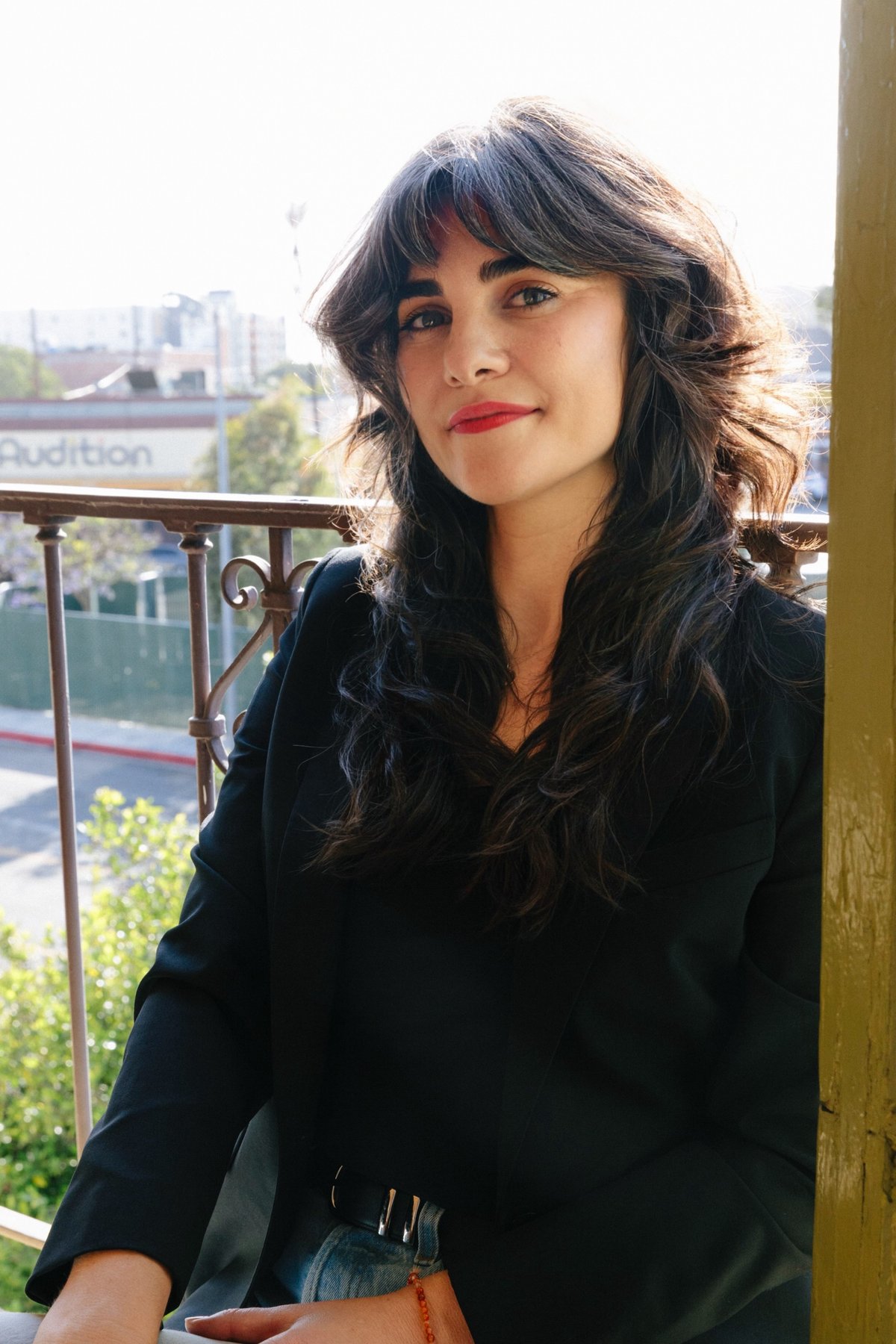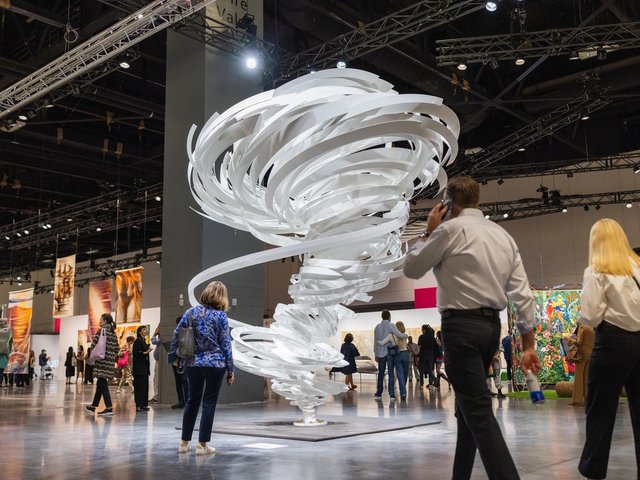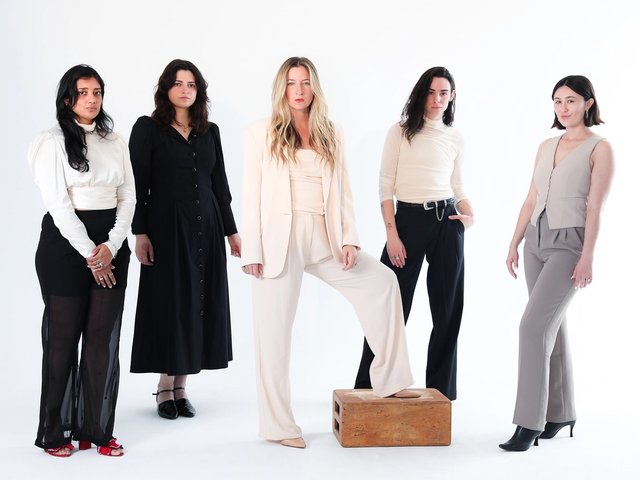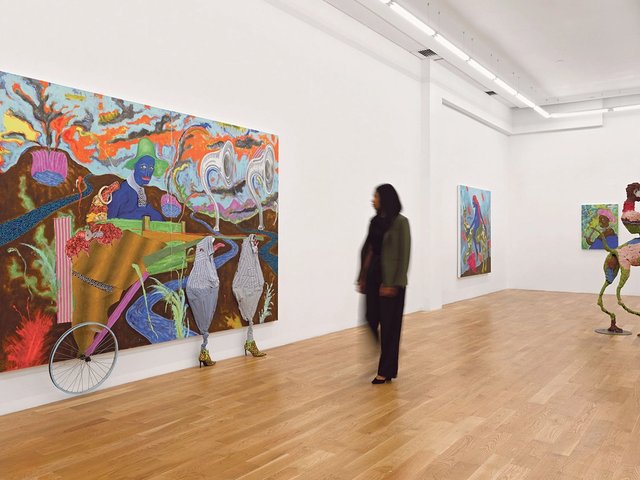Given the falling sales and rising costs for those doing business in the art world, now might seem like an inopportune time to open a gallery. Ariel Pittman disagrees. “If I look back at history,” says the art historian and former director at the Los Angeles galleries Vielmetter and Various Small Fires, “certainly the more challenging the time, the more experimentation there was.”
Pittman’s experiment launches on 30 May with the opening of Official Welcome, a new Los Angeles gallery in MacArthur Park. It joins the gallery O-Town House in the Granada Building, an artists’ live-work complex built in 1927.
“We can’t rely upon sales alone,” Pittman says, so she is diversifying traditional gallery revenue streams by offering a range of services. Acting as both dealer and consultant, she is available to support artist clients with project management, communications or career strategy needs. The space is also available to rent, she adds, for meetings, readings and other events that are “more art-related and less art-related”.
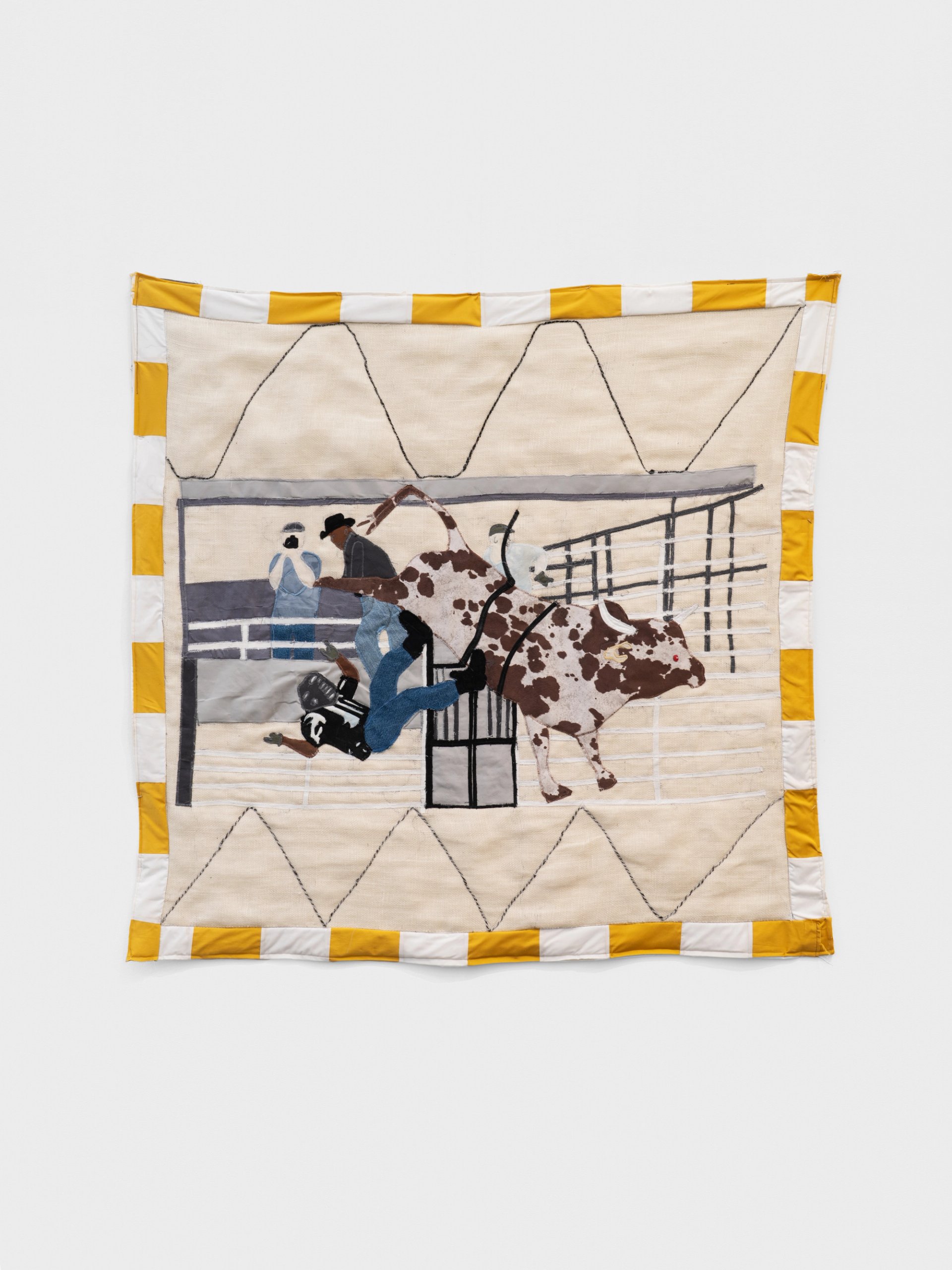
Gary Tyler, Indignity, 2017, 2024 Photo Courtesy of the artist, Library Street Collective, and Official Welcome, Los Angeles
The name Official Welcome, borrowed from a 2003 performance by Andrea Fraser, alludes to a sense of hospitality or an open invitation. “My desire is to have lots of points of engagement,” Pittman says, describing the programme as “omnivorous”. The inaugural exhibition, California Split (30 May-3 July), features an array of California artists across generations and disciplines, with works by June Edmonds, Jay Lynn Gomez, Henry Taylor, José Guadalupe Sanchez III, Barbara T. Smith and Diane Briones.
Subsequent programming includes a “micro-cinema presentation” of Elegy for the Future, a work by Los Angeles film-maker Christina Phensy. Solo shows scheduled over the next year will feature the works of artists like Courtney Coles, a young photographer who brings a tenderness to erotic portraiture, and the multidisciplinary Beverly Semmes, who has lately been appropriating pornographic imagery as the canvases to her paintings.

courtney coles, b.r - march 2025 pasadena, california, 2025 Courtesy of the artist and Official Welcome, Los Angeles
Prices for works in California Split begin at $800. “When I first started working [in the mid-2000s], I was able to buy unique, interesting work for under $1,000, and until pretty recently you could buy a great work for $5,000,” Pittman says. But over the last decade, as speculation and inflation have soared, “the perceived bar to entry to acquire work by promising, interesting emerging artists has increased dramatically”. A silver lining of the cooling market is the opportunity to reset and engage the untold numbers of potential young and upper-middle-class collectors who would otherwise be priced out. “Art is for everyone,” Pittman says, though “not every artist’s work might be for you”.
Pittman is a Los Angeles native who spent ten years working at Vielmetter and two at Various Small Fires. In the immediate aftermath of the wildfires that struck the city in January, she co-founded the mutual aid organisation Grief and Hope, helping to distribute $1.5m in resources to devastated artists and art workers. The undergirding theme of her career has been a politics of inclusivity and direct action. After earning her Master’s degree in art history and criticism from the School of the Art Institute of Chicago, she was drawn to work in commercial galleries for the immediacy with which they benefit artists: “You make them money so that they can make art.”

Beverly Semmes, Pearls, 2025 Courtesy of the artist and Official Welcome, Los Angeles
At the moment, Pittman is focused on keeping the gallery’s operations lean. “Once I’m able to do things like hire staff and represent artists” she hopes to establish a more equitable structure for distributing profits. “Generally speaking, in a gallery, the range of income amongst artists and staff is quite drastic.”
Following models set by galleries like Commonwealth and Council, which maintains a discretionary aid fund for its artists, Pittman would hold a small percentage of gross sales in a trust and distribute it equally between staff and represented artists on a quarterly basis. In addition to helping “soften that disparity”, she says, it could cushion the landing during moments like this, when an upward market comes back down to earth.


